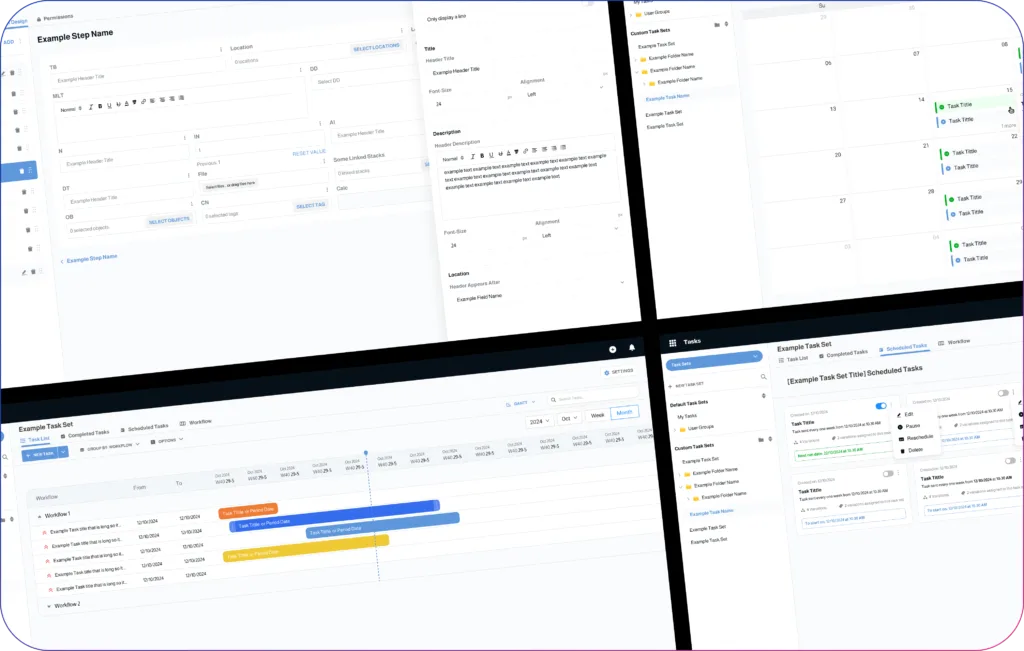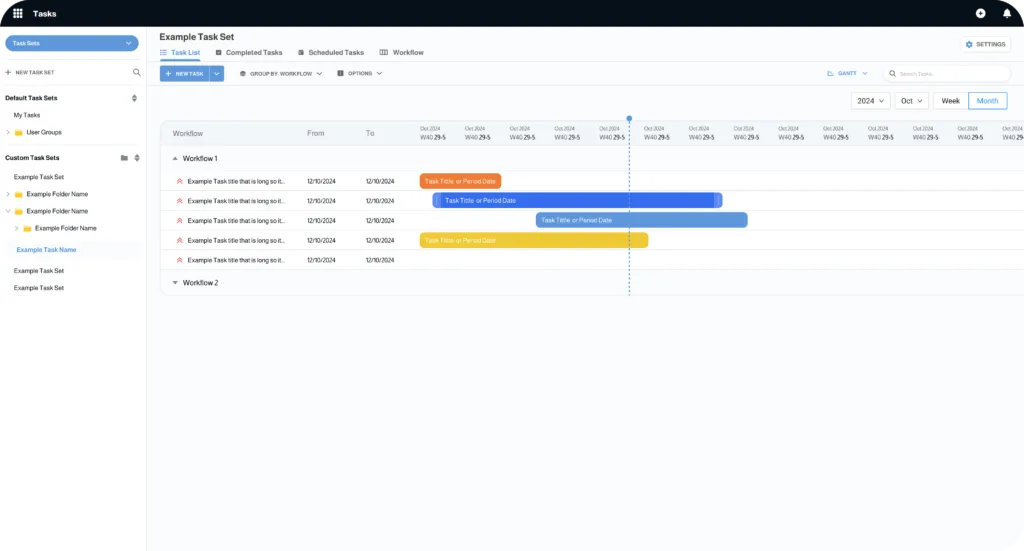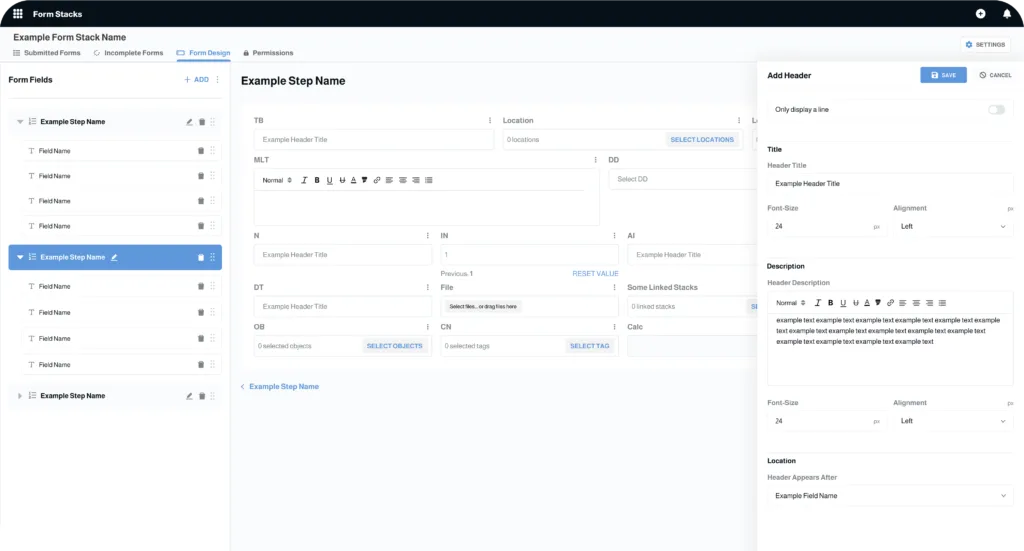Ocore
Modernizing Operational Efficiency: How Motomtech Transformed the Ocore Platform

About Ocore
Ocore is a comprehensive operational management platform trusted by organizations to streamline field operations, manage tasks, and improve team coordination. With over eight years of continuous development, Ocore had become a foundational tool for its users, but evolving business demands and a dated user experience called for a significant transformation.
Industry
Administration
Service
Technology Department as a Service
What We Did
Web and Mobile Application Development
Custom Team
4 Full-Time Equivalent (Developers, Product Manager, Product Owner, Designer)
Results
Since its launch, the Ocore platform has delivered tangible benefits like
70%
improvement in user satisfaction
after launching a refreshed platform UI.
60%
boost in backend performance
through legacy system restructuring.
2x
faster load times and offline access
with the launch of the rebuilt mobile app.
3
new powerful modules introduced
including task sequences and geospatial mapping.
Challenge
Ocore’s platform was struggling with the limitations of its older architecture and visual design. While the product had a strong user base, it lacked the polish, flexibility, and performance of more modern platforms. Over time, it had accumulated UI inconsistencies, bottlenecks in the codebase, and a growing set of feature requests that were difficult to fulfill with the existing infrastructure. From a usability standpoint, end users needed a more intuitive interface that worked seamlessly across web and mobile. At the same time, admins and field operators required smarter automation, better reporting, and easier ways to manage complex workflows like recurring maintenance or geospatial tracking.
Solution
Motomtech’s Technology Department as a Service was engaged to lead the full product transformation, from redesign to rebuild. Our approach focused on three key tracks: design, architecture and new features, ensuring the platform was reimagined with scalability, performance, and usability in mind.
Phase 1
Product Redesign and UX Strategy
We began by conducting deep stakeholder interviews and usability reviews, then redesigned the entire user interface in Figma. Our focus was to simplify navigation, optimize screen layouts, and introduce a consistent, role-based user experience. This helped users, from field workers to admins, navigate tasks faster and complete actions with fewer clicks. The new interface also supported full responsiveness across devices.
Phase 2
Architecture Modernization
To improve performance and support future feature rollouts, we refactored major parts of the platform’s backend and frontend codebase. Built on Meteor, Node, and React, the new architecture emphasized modularity, maintainability, and better data flow. We introduced smart caching, minimized unnecessary re-renders, and laid the groundwork for offline-first functionality in mobile.
Phase 3
Feature Expansion and Platform Enhancement
Motomtech developed a series of high-impact features for the platform, including automated Task Templates and Sequences, Scheduled Maintenance tracking, ArcGIS integration for geospatial mapping, Smart Menus with Quick Actions, and a fully rebuilt offline-enabled mobile app. Internal Communication Threads were also introduced to improve team coordination. These upgrades positioned the platform to scale efficiently and support expansion into new verticals.


Technology Stack
To ensure a high-performance, scalable, and secure solution, the Ocore platform was built using:
Backend
Meteor Node
Frontend
React Blaze HTML
Testimonial
“The refresh of the Ocore platform with Motomtech has been transformational. The system now feels modern, scalable, and far easier to use across our teams. From better workflows to powerful new tools like ArcGIS, we’ve seen real gains in operational speed and team engagement.”
Eric Smith,
President, APCO




